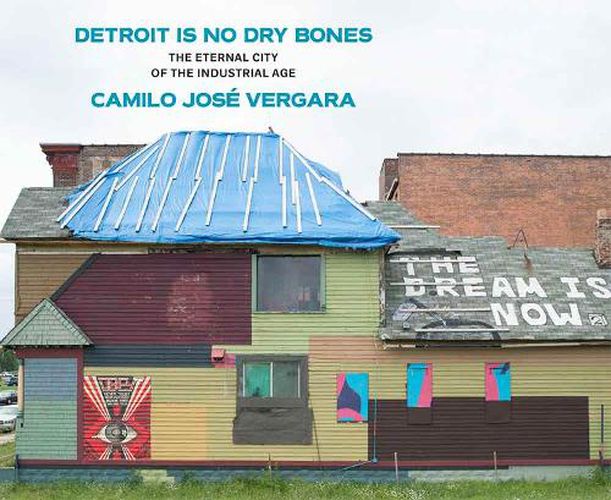Readings Newsletter
Become a Readings Member to make your shopping experience even easier.
Sign in or sign up for free!
You’re not far away from qualifying for FREE standard shipping within Australia
You’ve qualified for FREE standard shipping within Australia
The cart is loading…






Over the past 25 years, award-winning ethnographer and photographerCamilo Jose Vergara has traveled annually to Detroit to document notonly the city’s precipitous decline but also how its residents havesurvived. From the 1970s through the 1990s, changes in Detroit werealmost all for the worse, as the fabric of the city was erased throughneglect and abandonment. But over the last decade Detroit has seenthe beginnings of a positive transformation, and the photography inDetroit Is No Dry Bones provides unique documentation of the revivaland its urbanistic possibilities. Beyond the fate of the city’s buildingsthemselves, Vergara’s camera has consistently sought to capture thedistinct culture of this largely African American city. The photographsin this book, for example, are organized in part around the way peoplehave re-used and re-purposed structures from the past. Vergara is uniquein his documentation of local churches that have re-occupied old bankbuildings and other impressive structures from the past and turnedthem into something unexpectedly powerful architecturally as well asspiritually.
$9.00 standard shipping within Australia
FREE standard shipping within Australia for orders over $100.00
Express & International shipping calculated at checkout
Over the past 25 years, award-winning ethnographer and photographerCamilo Jose Vergara has traveled annually to Detroit to document notonly the city’s precipitous decline but also how its residents havesurvived. From the 1970s through the 1990s, changes in Detroit werealmost all for the worse, as the fabric of the city was erased throughneglect and abandonment. But over the last decade Detroit has seenthe beginnings of a positive transformation, and the photography inDetroit Is No Dry Bones provides unique documentation of the revivaland its urbanistic possibilities. Beyond the fate of the city’s buildingsthemselves, Vergara’s camera has consistently sought to capture thedistinct culture of this largely African American city. The photographsin this book, for example, are organized in part around the way peoplehave re-used and re-purposed structures from the past. Vergara is uniquein his documentation of local churches that have re-occupied old bankbuildings and other impressive structures from the past and turnedthem into something unexpectedly powerful architecturally as well asspiritually.